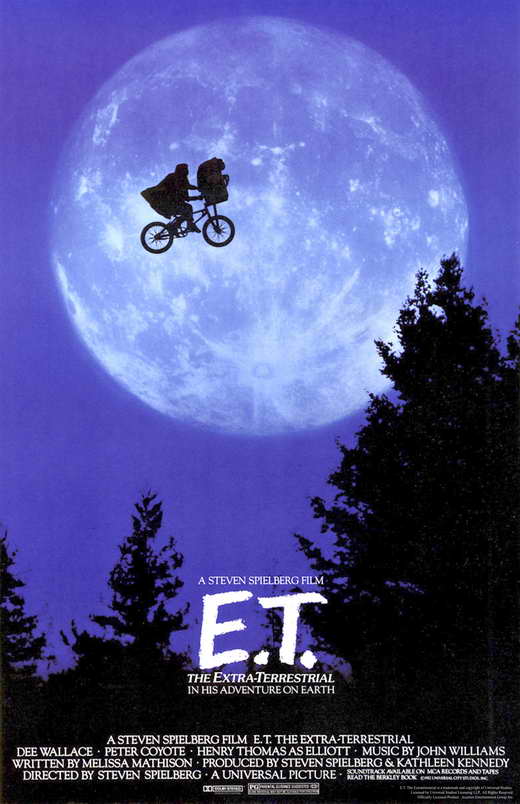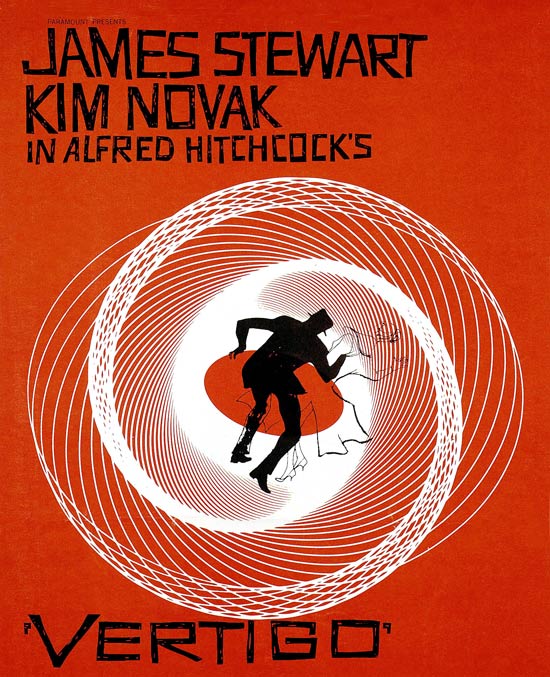Disney: Culturally Significant or Racist
By: Olivia Slaughter
 Growing
up, dress up was a rite of passage. My
cousin Jessica and I would look through my Aunt’s vast wardrobe and make
incredible costumes out of the clothes we would find. Princesses because a frequently played game
between the two of us. Long gowns,
ridiculous amounts of makeup, and furs made us feel like true royalty.. All was
well until I began to get older. Around
age eight or nine, I remember watching Disney movies and realizing that no one
I saw in these films looked like me. I
remember trying hard to fit into small chairs and tables and daintily eat and
drink my make pretend food. I remember being filled with anger when I could not
sing, dance, or gracefully walk around like a princess dress up became more of
a chore than fun when I realized I would never look like the princess I tried
so hard to emulate for so long. For a
long time I have been wondering, why it would be so hard for Disney to produce
characters that look like their viewers. I finally decided to try and figure it
out; the information I found was unsettling.
Growing
up, dress up was a rite of passage. My
cousin Jessica and I would look through my Aunt’s vast wardrobe and make
incredible costumes out of the clothes we would find. Princesses because a frequently played game
between the two of us. Long gowns,
ridiculous amounts of makeup, and furs made us feel like true royalty.. All was
well until I began to get older. Around
age eight or nine, I remember watching Disney movies and realizing that no one
I saw in these films looked like me. I
remember trying hard to fit into small chairs and tables and daintily eat and
drink my make pretend food. I remember being filled with anger when I could not
sing, dance, or gracefully walk around like a princess dress up became more of
a chore than fun when I realized I would never look like the princess I tried
so hard to emulate for so long. For a
long time I have been wondering, why it would be so hard for Disney to produce
characters that look like their viewers. I finally decided to try and figure it
out; the information I found was unsettling.  |
| Uncle Remus from "Song of the South" |
To make sense of this it is best to
start at the beginning. Walt Disney began working as an animator in 1923. His first film Steamboat Willie went over
phenomenally and his career began to pick up steam. (biography.com)His early
cartoons were riddled with racial caricatures and stereotypes. His first film featuring people was “ Song of
the South,” featured a tired old stereotype of a black man taking care of young
children with a grin glued on his face and with many quotes about him being ,
“just happy to be alive.” (Disney, Song of the South) Uncle Remus spoke in poor
African American Vernacular also referred too as AAVE. (Stanford.edu) We also see him put Mickey Mouse in blackface
and he even uses a “piccaninny” trope in the film Fantasia as a slave to a
white centaur. (Disney, Fantasia) He
also worked on Nazi Propaganda films such as “ Death for Education”. Here is the thing, no matter what you want to say about Disney,
this was pretty much the social norm at the time. He was a white man , with money living in the
1920s. This was pre civil rights
movement. He was most likely making
films that sold to the people that could afford him. Was it ethically
right? Not by todays standards. I think Disney operated on Cultural Ethical
Relativism and it helped skyrocket his name and business.
 |
| King Louie from "The Jungle Book" |
Throughout the early works Disney
included many stereotypes and racist characters throughout his stories. “The Jungle Book” is the first Disney movie
with a person of color as its lead character. While it was a step in the
direction of integrating Disney, it had many flaws. One flaw was that all of
the apes from the movie were played by black men with soulful voices. The song
“I Want to Be Like You “ is a racist
tale of turning apes into men. It is a
very obvious metaphor for black people trying to emulate white people at that
time. The whole scene has a very
minstrel feel too it.(dailycaller.com)
Another example would be the crows from Dumbo. Walt Disney even went to
the lengths of naming the leader of the flock of drunkard crows , Jim Crow.
Dumbo also has a song called “ The Song
of the Roustabouts.” The song is sung by
faceless, black workers who are diligently putting the circus together in the
rain. One line of the song reads ,” We
work all day, we work all night, we never learned to read or write, we are
happy hearted , roustabouts.” (lyricsbox.com)
Disney’s Cultural Ethical Egoism allows for this to be okay, in his
world. What about now? Why do we continuously have the same faces and bodies in
Disney movies and shows?
 |
| Jim Crow from "Dumbo" |
"The Song of Roustabouts" from "Dumbo"
 |
| Princess Jasmine from "Aladdin" |
Disney was held to a standard and it worked.
White Disney princesses, as damsels of distress, with impeccably thin figures,
and voices of angels became their normal.
Men with large chests, dreamy eyes, great hair, and noble steads always
saved the day from villainous women.
Women were seen has prizes and held to incredible standards. If they
wanted a man they either had to sacrifice it all, Ariel, Sleeping Beauty,
Pocahontas, just to name a few. It was
not until Brave was introduced in 2012 that we see a girl who is her own
hero. (imbd.com) The women in Disney
films tend to be dangerously altruistic. They risk, the things they love and
even limbs, voices and opportunities in order to make everyone else happy.
 |
| Lilo & Stitch |
One of the best things about Disney is
their ability to teach lessons through song and story. “Lilo and Stich” (imdb.com) was a terrific
movies about a Hawaiian family who comes in contact with a space alien. They
love each other intensely and eventually risk it all to remain a family. There
is a long history of Disney making us feel good and almost magical after
hearing, watching, or reading one of the many stories we have grown up with. From Disney we also learn that anyone can have
a happy ending and can overcome many obstacles.
It also teaches that love knows no bounds.
Disney is a big name. The Disney Company
owns seven media networks, 277 radio stations, eleven theme parks, eight television
stations, seven print companies, eight studios, three different consumer
product sources, and Disney Interactive.
(thewaltdisneycompany.com) My original reaction to that was shock and
awe, but the more I thought about it the less I was surprised. We are a
consumer market who eats up pretty much anything that is thrown at us. We see the same news stories on multiple
outlets, shows with similar titles and premises, and families from different
shows that look so similar you could just swap them out. If something is shown to us once, and we
enjoy it is easier to pick it back up again and I think that is what happens in
this instance. I believe what makes
Disney “okay” now, is the Cultural Ethical Relativism. Their standards are changing as time progresses.
We are getting varied stories, and varied people and creatures and voices.
- Works Cited
- Aladdin. Dir. John Musker and Ron Clements. Prod. John Musker and Ron Clements. By John Musker, Ron Clements, Alan Menken, Howard Ashman, Tim Rice, Scott Weinger, Robin Williams, and Linda Larkin. Buena Vista Pictures Distribution, Inc., 1992.
- Bio.com. A&E Networks Television, n.d. Web. 07 Dec. 2014.
- Brave. Disney, 2012. Film.
- "Disney Interactive | The Walt Disney Company." Disney Interactive | The Walt Disney Company. N.p., n.d. Web. 07 Dec. 2014.
- IMDb. IMDb.com, n.d. Web. 07 Dec. 2014.
- Jungle Book. National Film and Video Center, 1942. Film.
- Lilo & Stitch. Buena Vista, 2004. Film.
- N.p., n.d. Web.
- Pocahontas. Dir. Mike Gabriel and Eric Goldberg. By Carl Binder, Susannah Grant, Philip LaZebnik, Irene Bedard, Judy Kuhn, Mel Gibson, and David Ogden Stiers. Buena Vista Pictures Distribution, Inc., 1995. Laser disc.
- Song of the South. Prod. Walt Disney. 1946. Film.
- "The Top 10 Disney Princesses at the Box Office." The Fiscal Times. N.p., n.d. Web. 07 Dec. 2014.
- Veraketta, GEorgia. "The Representations of Gender, Sexuality and Race in Disney's The Lion King." Academia.edu. N.p., n.d. Web. 07 Dec. 2014.
- "Who Owns the Media?" Free Press. N.p., n.d. Web. 06 Dec. 2014.
- Pullum, Geoffrey K. African American Vernacular English Is Not Standard English with Mistakes (n.d.): n. pag. Web.




